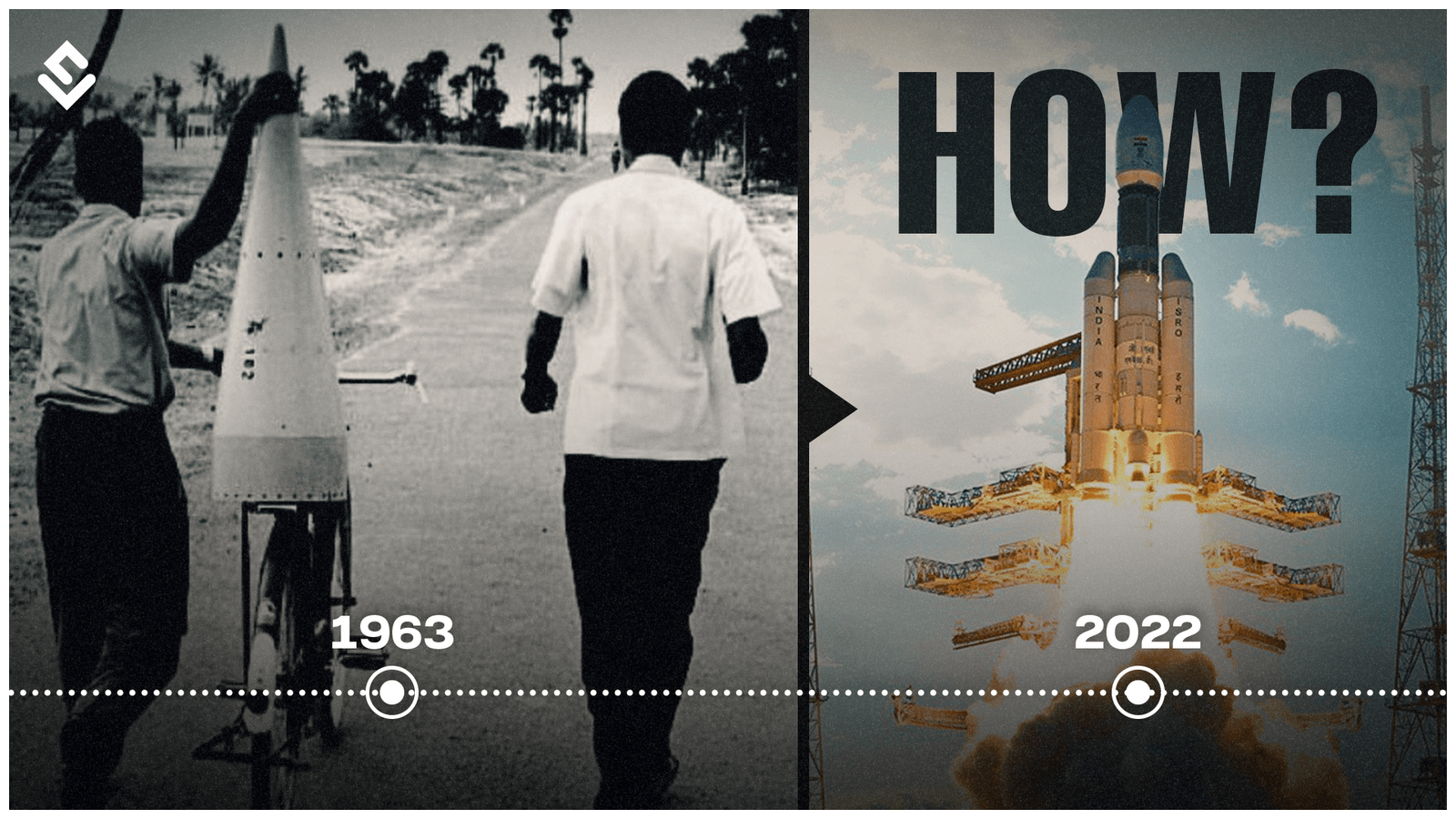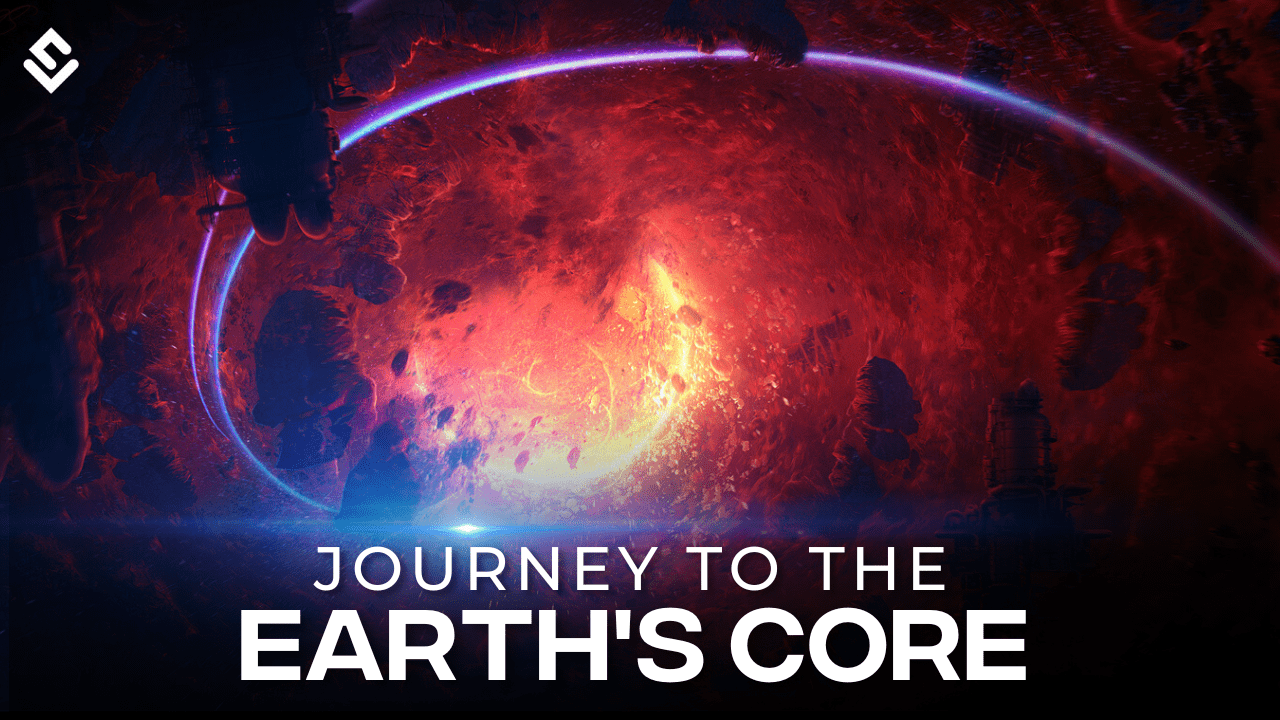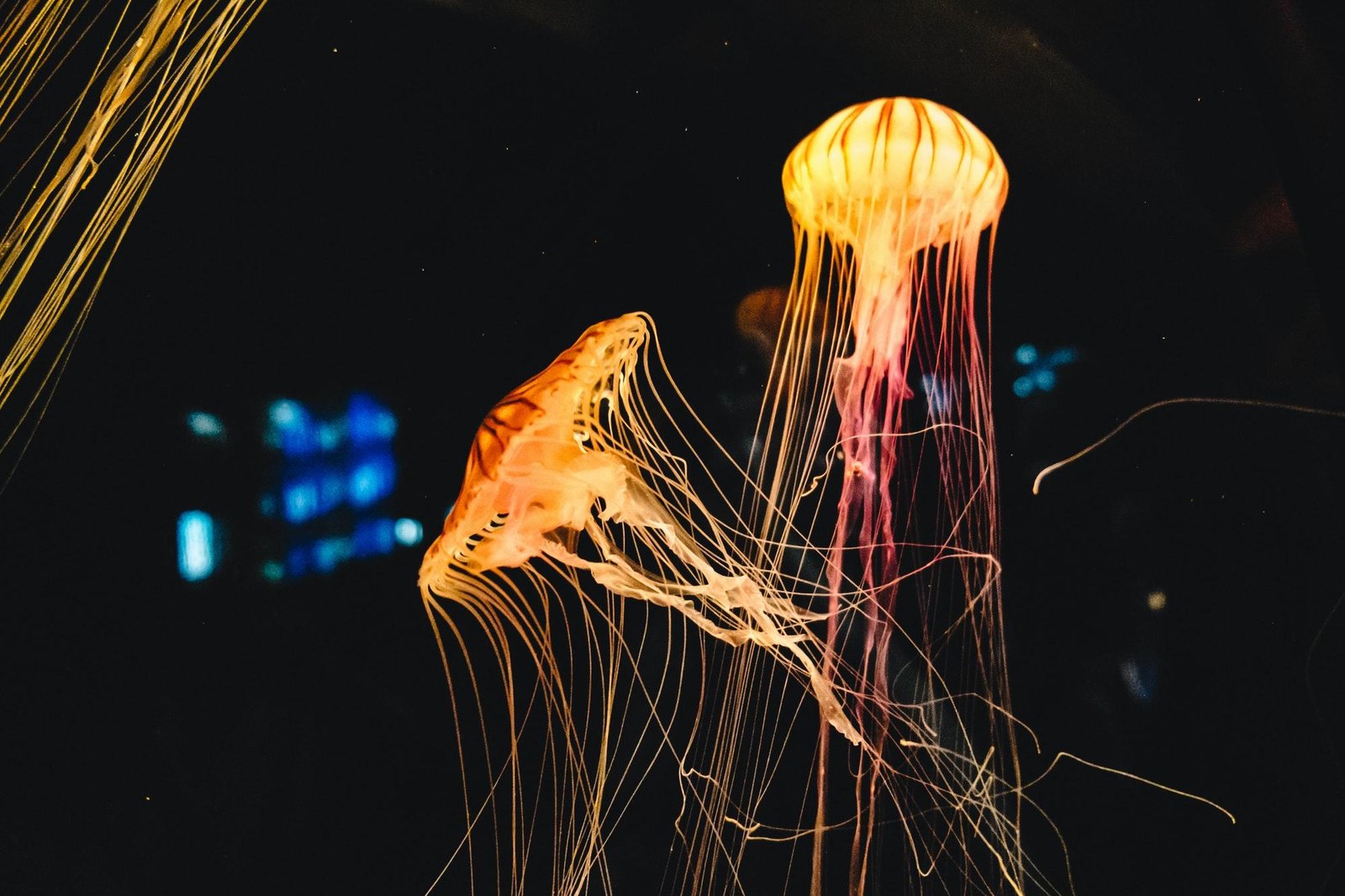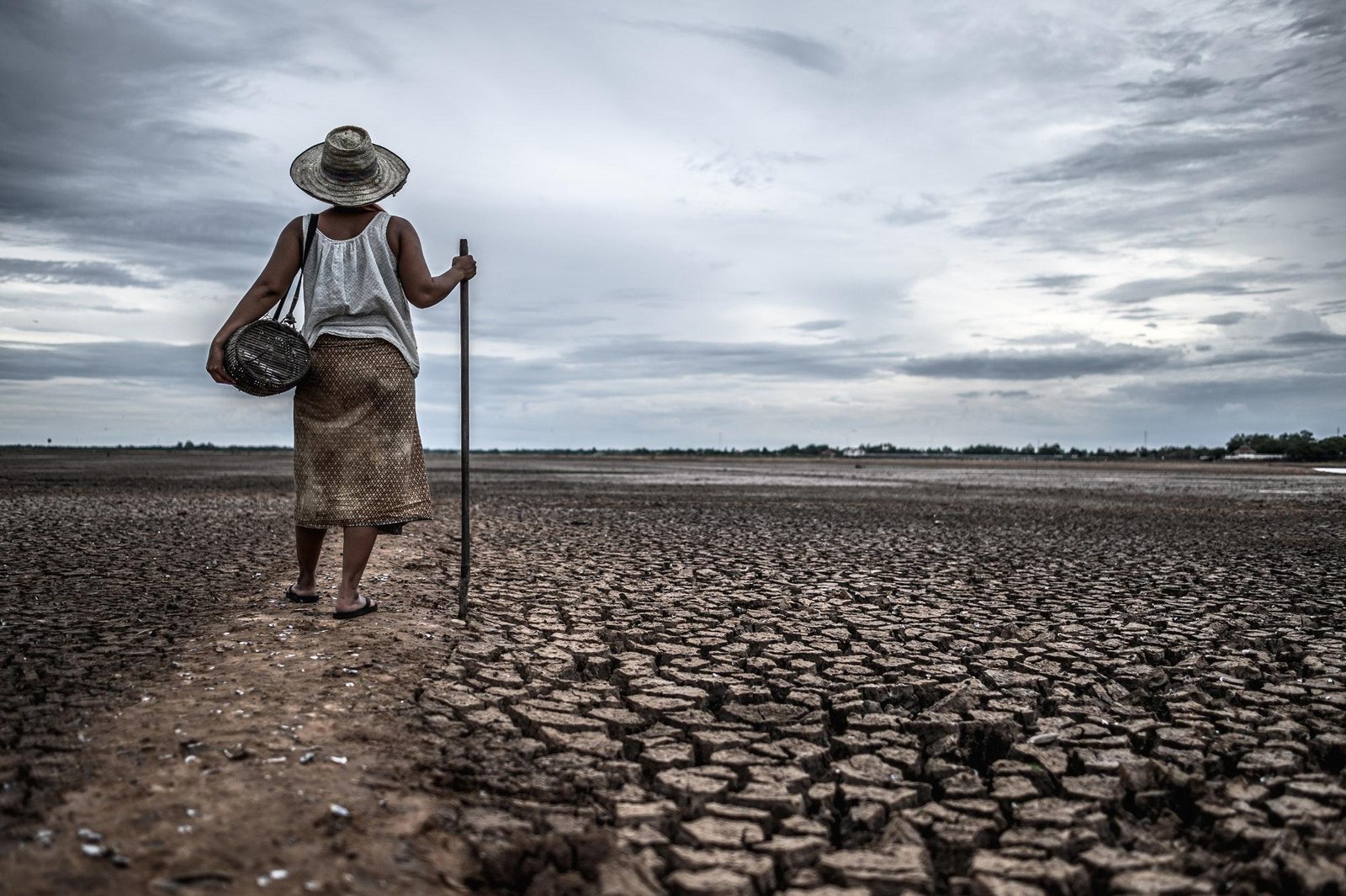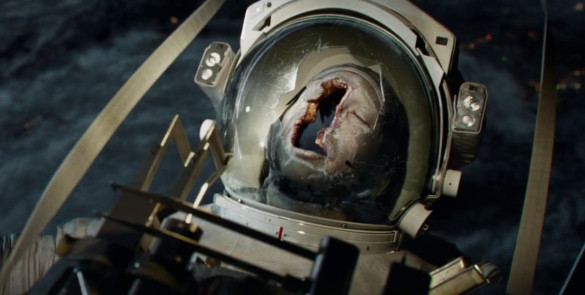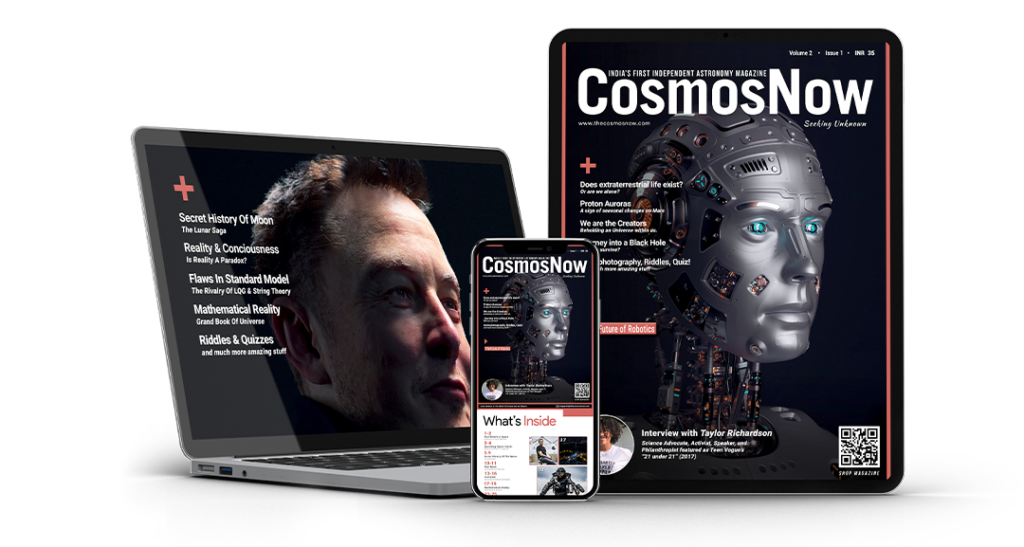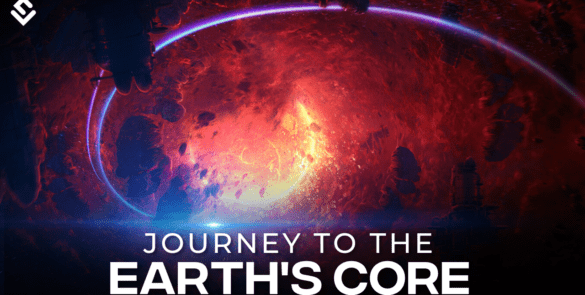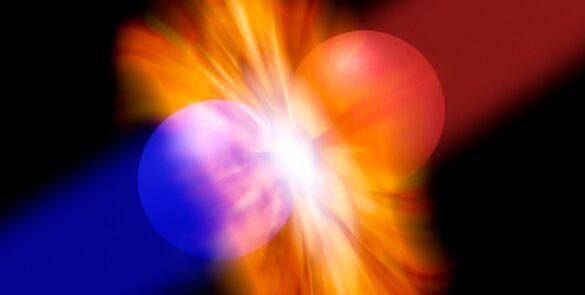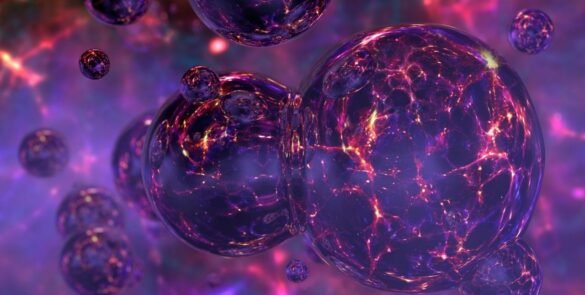This Is How Elon Musk Will Terraform & Colonize Mars!
- Team WOS
- 10 Mins Read
To establish a colony on Mars, there are certain things to be done. The condition on Mars is not that easy. Watch this video for a better understanding!
Why Colonize Mars?
You have heard of the ambitious dream of Elon Musk about the settlement of a human colony on Mars in the coming decade. Well, many people ask what this fascination with Mars is? Why not make the Earth a better place than spending billions to settle humans on a red, dusty, toxic planet where there is no life?
There is no simple answer for this. Every space colonization enthusiast will define the problems and needs, according to his/her preferences, like the notion of the fate of the world, curiosity to learn more about the universe, etc. Maybe some are just trying to watch the real version of something that they have watched in movies and TV shows.
The colonization of Mars concerns ethical and political narratives too. Some people presume that it will be another imperialist attempt to rule more land. Some consider that it will be beneficial to extract raw materials from Mars that will be useful in the production of rocket fuels. The debate goes on.
To establish a colony on Mars, there are certain things to be done. The condition on Mars is not that easy. So let’s understand the physical properties of Mars, what difficulties the Red planet offers, and how we can probably change the conditions in our favor to make Mars our new home.
Long before Elon Musk
Mars is currently inhabited by rovers and landers. You probably have heard of Curiosity & Perseverance. This amazing planet is inhabited only by robots. Technically, we have colonized it. Well, this is an exaggeration but we are heading that path.
Long before Elon Musk entered the scene of the Mars program; it was Robert Zubrin, a US aerospace engineer, who started the words about the possibility of establishing a human base on Mars. In the 1990s, he proposed a plan known as Mars Direct for the human mission to Mars. He established an organization called The Mars Society for this project.
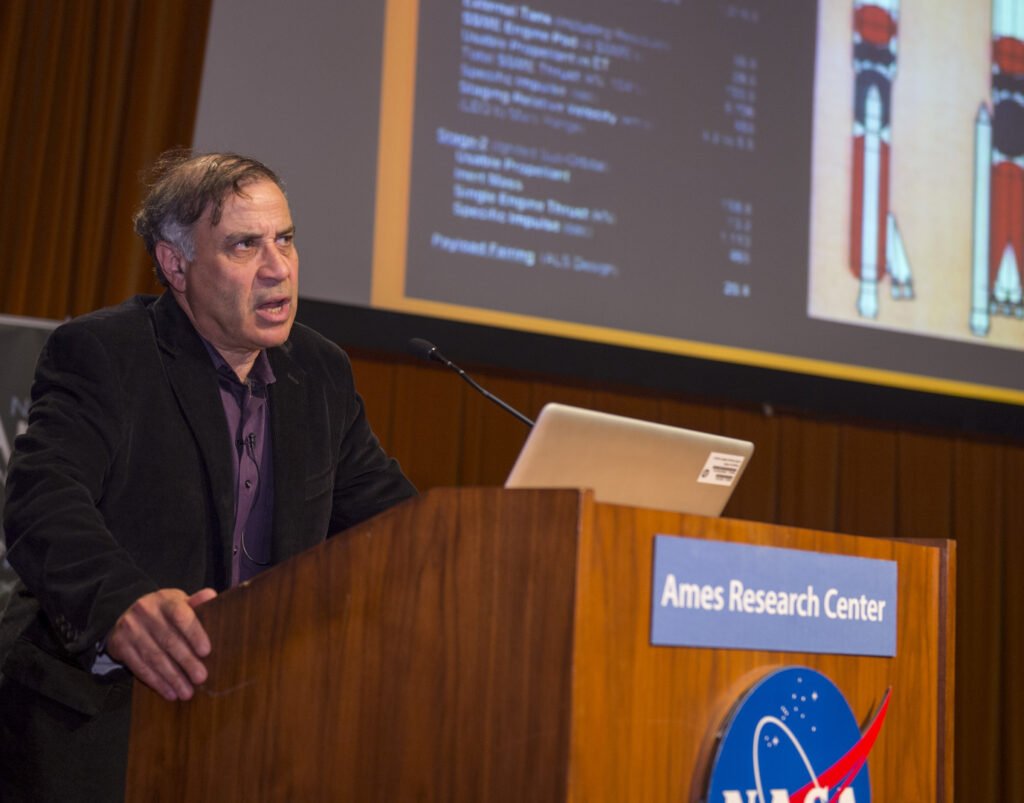
Robert Zubrin is the inventor of several unique concepts for space propulsion and exploration, the author of more than 200 published technical and non-technical papers in the field, as well non-fiction books Credits: NASA Ames Research Center
The idea was to use the surface condition of Mars and its environment to produce propellant needed for the rockets and thus can be useful in producing oxygen & water too. The same plan was later updated and adopted by NASA in their proposal for the Mars program.
Elon Musk made it popular! His idea is to use reusable rockets to make it easy for multiple-round space traveling with a single rocket base, thus reducing cost and production time. He also adopted the method of local production of rocket fuel.
Local production of fuel
Local production of fuel is done through a chemical process called Sabatier Process named after Paul Sabatier. When at a high temperature of 300°-400°C and a pressure of 30 bars, hydrogen and carbon dioxide are made to react, they produce Methane and water. This methane can be used as Rocket propellant.
The test launches by SpaceX are new spectacles now, and science freaks like us hope to watch those launches now and then. His flagship model is known as the StarShip, which is the proposed space launch vehicle to transport humans and facilities directly to Mars. The project started in 2018, and now it is in the testing phase.
Dark times about to come
Scientists usually remind us that there are very dark times about to come. With increasing pollution, depleting resources, and the probability of a nuclear war in the far future or a collision of a big asteroid, there could be serious damage to the Earth, and especially life upon it.
Most of the concerns are about this catastrophic future projection that compels us to build some settlement on other planets. Curiosity to learn more, to know about the structure and formation of planets, about the possibility of alien life in other places, are some more reasons people give to support the colonization of Mars.
But is it possible to survive on Mars? Is the condition of Mars similar to that of Earth? No. It is not. It is mostly different from our beautiful blue planet. Let us compare some physical characteristics of the two planets.
Earth VS Mars
The rotation of Mars is similar to that of Earth, thus the day on Mars, known as Sol, is 24 hours and 39 minutes long, quite similar to the day on Earth. The surface area of Mars is about 28.4%, again similar to the 27% landmass on the surface of the Earth. The axial tilt of Mars is at 25.19° compared to the 23.44° of Earth. One year on Mars is quite longer than that of Earth. One Martian year is nearly 687 Earth days. Mars is smaller than Earth, thus has a small volume and low density.
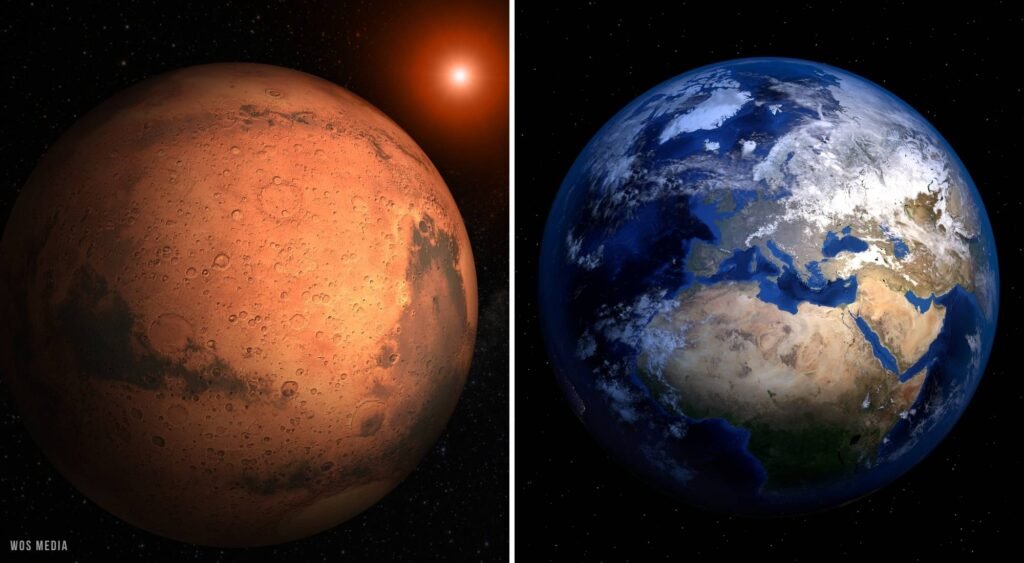
The final state of any human body without a spacesuit will be death and definitely not an easy one.
Now, what are the major differences between the two planets?
- The surface gravity of Mars is just 38% of Earth’s gravity. That’s what made John Carter jump so high when he reached Mars. Gravity is an important factor to survive. Our evolutionary growth & body mechanisms are affected by the variation in gravitational force. Due to low gravity, common problems occur such as muscle loss and bone demineralization.
- There is no magnetosphere around Mars. Our Earth has a molten outer core inside it, composed entirely of iron and nickel. When Earth rotates, the liquid rotates with it and produces an electric field. The electric field on other hand produces a perpendicular magnetic field around the Earth. This spherical zone of the magnetic field around the planet is known as the Magnetosphere. This magnetosphere protects the planet from solar radiation. Mars has none, thus the Martian surface is prone to deadly solar radiation.
- The atmosphere of Mars is 96% carbon dioxide, 1.9% nitrogen & argon, and 0.2% of other gases including oxygen. Thus it is not heaven as one may think. Also, the atmosphere is quite thin, and harmful rays from the sun can easily reach the surface. Due to this, the average day temperature of Mars reaches a high of 70°C. The minimum temperature at night reaches -87°C.
- Dust storms are quite a common occurrence there. You have recently heard of such dust storms on Mars that involved the Opportunity Rover. Also, these storms are not some small-local storms, in fact, they can be global and cover almost the entire planet.
- There is no cloud formation there and thus no rain at all. The soil is toxic, containing chlorides and other halides. It is unsuitable for the growth of normal plants there.
So why do we want to go there?
The answer is because “we hope”!
Our Earth was like this million of years ago but now it is lush green. Things change, every phenomenon affects the planet globally and with evolution, the same toxic chemical compounds became living unicellular organisms and after millions of years, we are here, with the most advanced neural system asking this question. Good things take time, don’t they?
The Great Oxygenation Event
In 2012, scientists observed that lichen & cyanobacteria can survive and adapt to Martian conditions. They were able to perform photosynthesis after 34 days in the simulated Martian condition.
Cyanobacteria is an important one here. It was cyanobacteria that started producing oxygen as a by-product after consuming sulfur and other chemicals. This large-scale production of oxygen caused one of the first extinction events of Earth known as the Great Oxygenation Event, some 2,300 million years ago.
Prochlorococcus, an influential marine cyanobacterium which produces much of the world’s oxygen
It killed almost 99% of the total species on the Earth, mostly bacteria at that time. It is funny how the same oxygen which is the most required thing for a living being, killed the whole planet!
Thus the growth of cyanobacteria can be good news as it will lead to the production of food, fuel, and oxygen. Also the growth of cyanobacteria, there can be stimulated the growth of other cellular plants produced from the culture of cyanobacteria.
One easy way to establish initial colonies on Mars will be to build habitats-like containment chambers. Most probably underground or in some valley where direct sunlight doesn’t reach the base. The containment must have thick shielding to prevent radiation. For power generation, we can use solar & nuclear energy. Water can be produced as a reaction of hydrogen and oxygen.
Terraforming a planet
We should briefly understand a process called Terraforming. Terraforming is a proposed process to make any planet similar in physical properties like Earth. There are three methods to do so:
- Building magnetosphere
- Building a thick atmosphere
- Raising the temperature

Artist’s conception of the process of terraforming Mars
We could release more greenhouse gases like carbon dioxide into the atmosphere of Mars. Greenhouse gases trap the heat and prevent their release in space, thus in return can warm the planet up to a suitable temperature. Also, heating causes the frozen reserves of the planet to release more carbon dioxide, thus adding layers to the atmosphere and further raising the temperature too.
For creating a magnetosphere, scientists propose a method to launch big longitudinal superconducting rings around the planet completely encircling it. The rings must carry DC current, which will produce an electric field, and the electric field will produce a magnetic field around the planet. This is a big proposal but is technically possible. The aim is big but not impossible!
So will we ever be able to terraform Mars? Are we going to see any landing there and a functioning colony in recent decades? Nobody knows, but if it happens, surely it will be the biggest achievement of humanity to date.
What are your thoughts about Mars Colonization? Let us know in the comments.
Share this article
Team WOS
We make people fall in love with science.
Share this article
Douglas AdamsSpace, it says, is big. Really big. You just won't believe how vastly, hugely, mind-bogglingly big it is.
Latest posts
We have learned many partial truths and some remain with us even when we are studying higher courses. Let’s look up such partial truths that are very common...
How do the animals and birds view the world around them? Do they perceive everything just like a human? Let's understand the basic anatomy of the eyes of...
What will the conditions be for the human body in space? How much difference a human being would feel while being in space? Space is scary and lonely, and conditions are...
Here is a list of the best science books that'll take you deep into the ocean of science. Books fueled the mighty revolutions in human history and produced...
World's most renowned scientists think that the cosmos has quantum consciousness. First of all, what exactly is consciousness? Scientists are actively engaged experimental tests of these ideas. One approach is to study brain-impaired patients to see if their information...
Trending Articles
We have explored only a few percent of Earth but what if we could somehow reach the center of the Earth? Today let’s go on a Journey To The Earth's Core. The underworld has been in the imagination for many centuries — be it a place of hell or the afterlife, or a place from which future heroes will...
Big Bang nucleosynthesis created equal numbers of matter and antimatter. Antimatter is negative counterpart of matter, having the same mass but opposite...
Here is a list of the best science books that'll take you deep into the ocean of science. Books fueled the mighty revolutions in human history and produced...
How do the animals and birds view the world around them? Do they perceive everything just like a human? Let's understand the basic anatomy of the eyes of...
How did the universe begin? Let’s dive deep into the origin of the Universe and the weirdest theories about it. For example, let’s go to ancient Greece. From...
The animal kingdom has evolved from unicellular organisms to gigantic dinosaurs and intelligent social animals, like us, Human beings! Throughout this evolutionary history, different species have left some characteristics or gained something new depending upon















